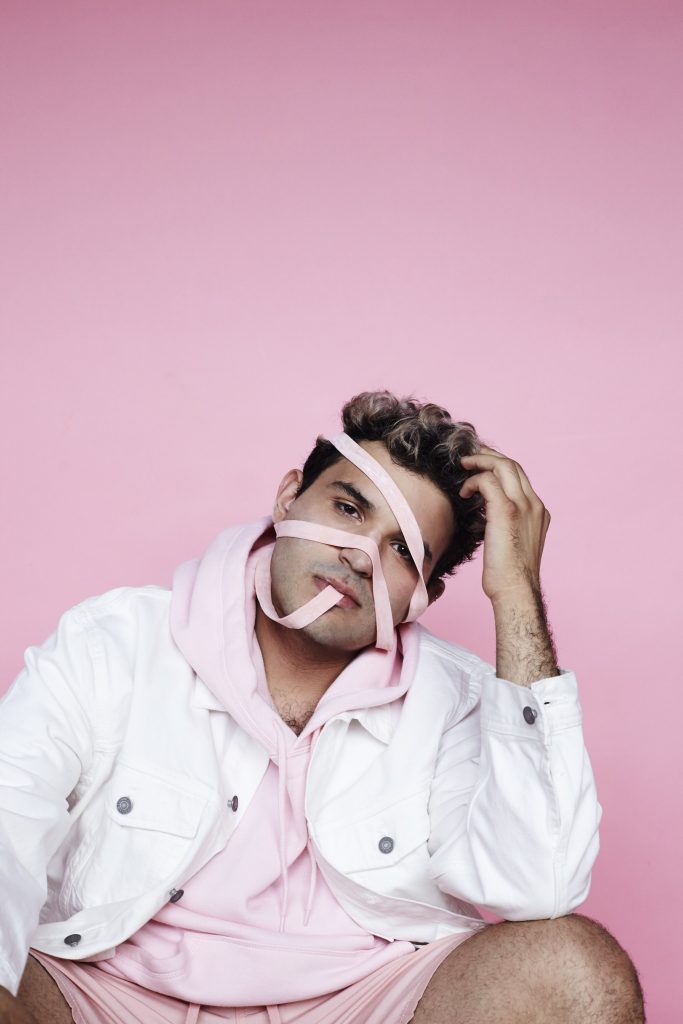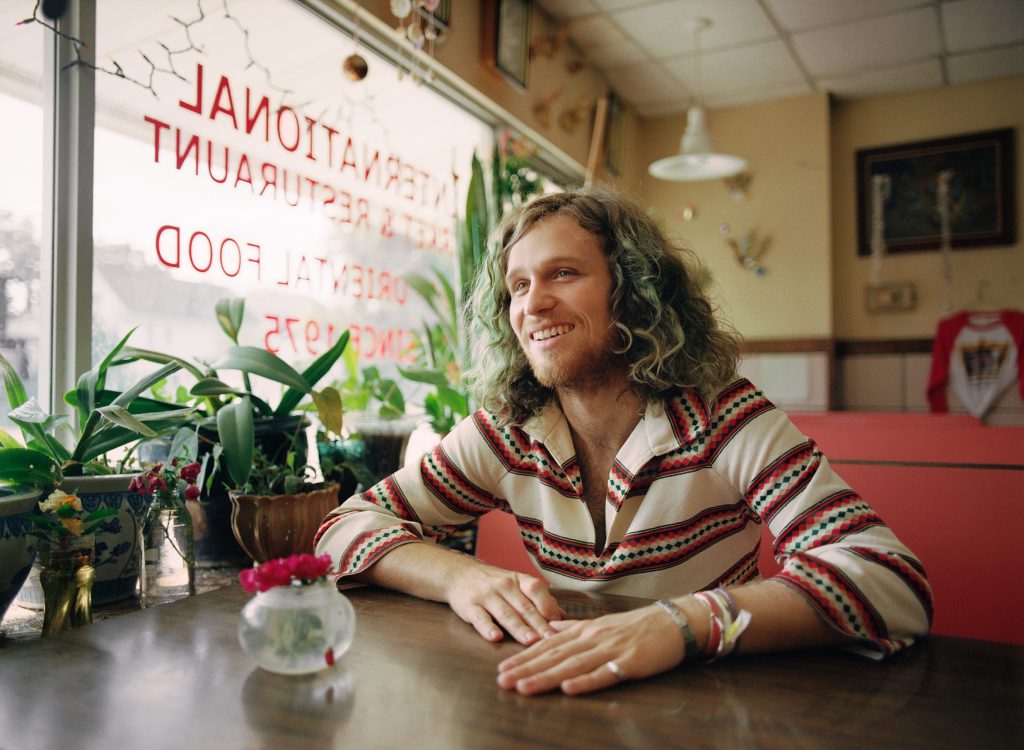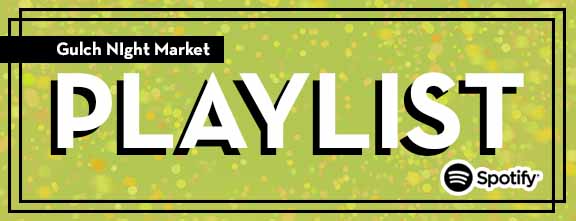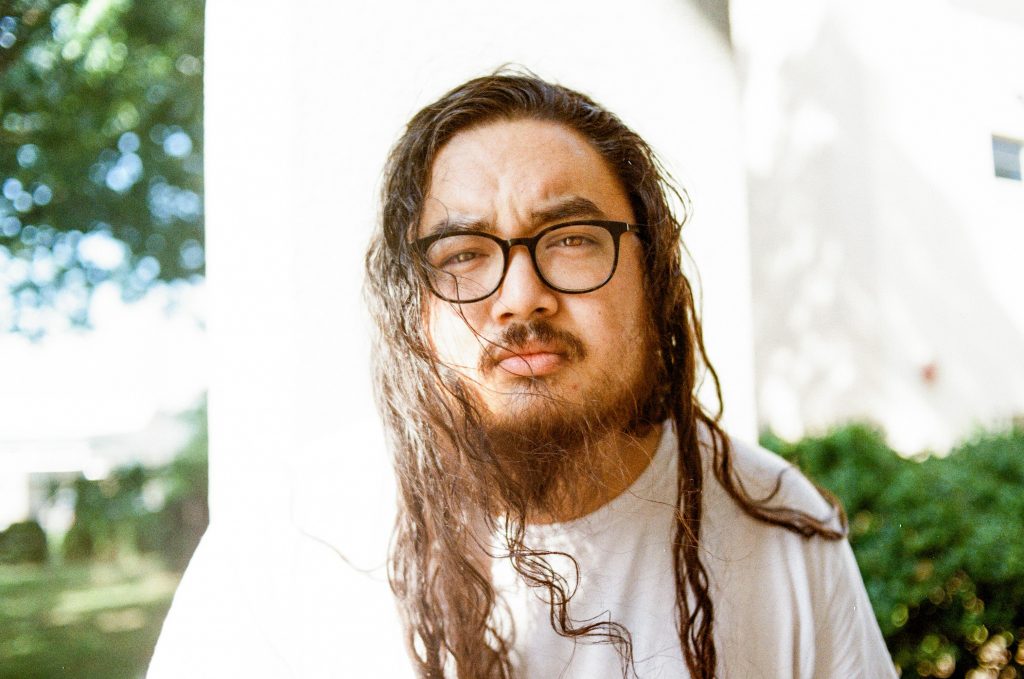
In Shooting the Shit, NATIVE talks to Nashvillians who are doing things a little differently—think of it as grabbing a quick cup of coffee with that screenprinter or tattoo artist you keep seeing on your Explore Page. This month, we chatted with Nashville’s preeminent Renaissance man, Seiji Inouye. The producer, manager, photographer, and general everything-elser-er has worked with everyone from Manrelic to L’Orange, and his images capture Nashville’s creative community through gritty, no-bs candids.
We talked to Inouye about being a facilitator, getting into photography, and why your band should consider buying less beer.
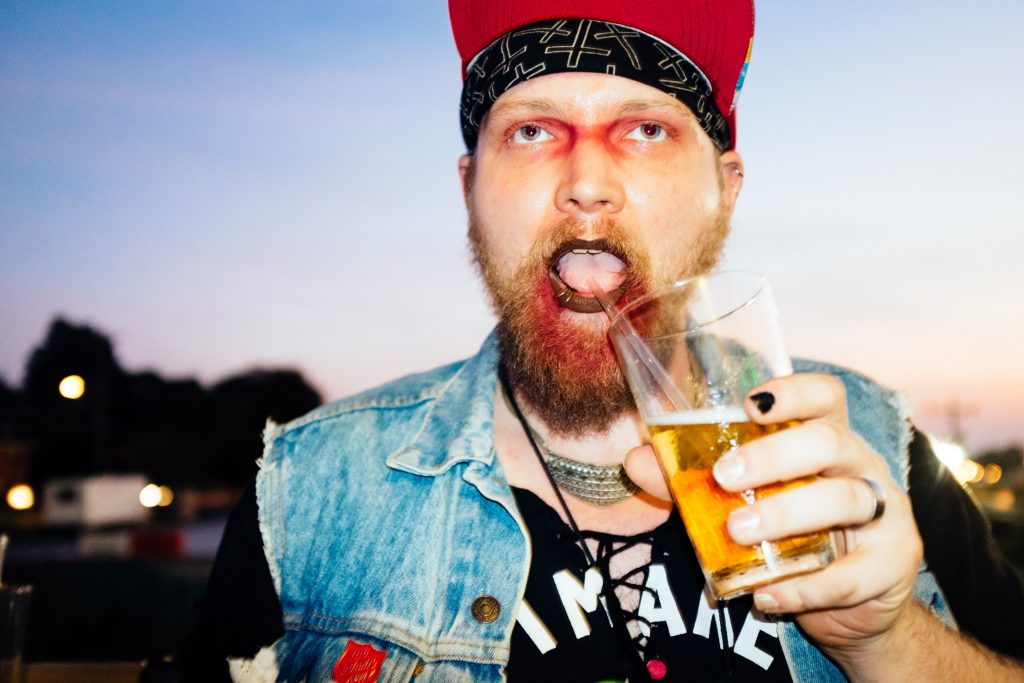
After years of working in everything from production to engineering to management, how did you get into photography?
After about a decade of working on the technical side of music, I had kind of burned myself out. It was a combination of being unhappy with what I had accomplished professionally and feeling a little betrayed by the work. I still loved it, but I needed some escape that didn’t make me think about concerts, guitar pedals, or Pro Tools. I’m still sort of recovering from that exhaustion now. All of this kind of came to a head when I quit smoking in the beginning of 2016, developed actual anxiety, and needed something to do with my hands at all the parties I didn’t want to be at. I had toyed with photography a little in high school, but I decided it would be too expensive to pursue both that and music, so I chose music. Funny how I was right, but now I’m doing both anyway.
What kind of images capture your attention and inspire you?
My earliest memory of being really inspired by images was when Ryan Russell was releasing these backstage photos of Paramore and Death Cab and all these bands I loved in the early- to mid-2000s. They were super gritty and honest, but still flattering and uniquely pleasing tonally. I was in high school and wanted to do that: make images of my friends doing cool shit.
Now, honestly, I am pretty inspired by my friends and all of the players in the weird Venn diagram of Nashville. Images by Sunny Bummers, who taught me most of what I know about street photography and using a flash—or Emily Quirk, who made shooting concerts cool to me again. Both of those photographers inadvertently interested me in shooting film as well, which is something I’m very passionate about now . . . As a relatively new photographer, I’m still learning and discovering things I’m into all the time. I really enjoy looking at photos taken at night, and generally get caught up in images shot on wider lenses—I like to see a scene and environment with subjects.
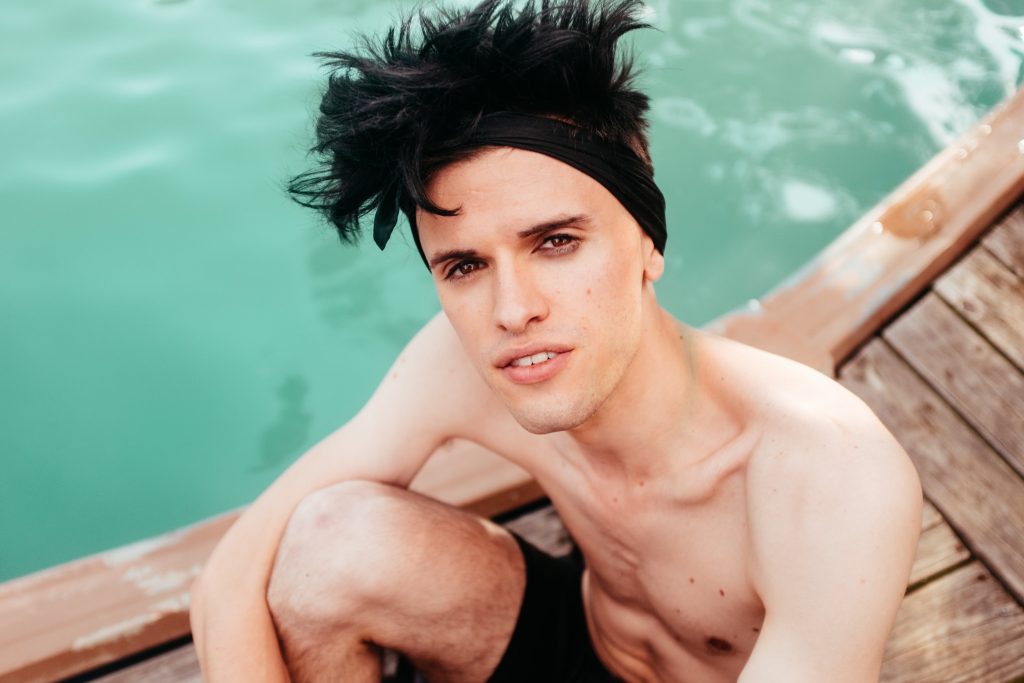
You’ve said that you’re “committed to tailoring [your] work to best suit clients uniquely as individuals and enable them to achieve their potential.” What drew you to being more of a facilitator than an artist?
For a year or so I had a business coach named Dave Thorpe who helped me develop a lot of the copy for my website and what was essentially an elevator pitch for myself. This was all before I had even considered trying out photography. This sentence specifically was something he crafted with me, after I expressed how important it was for me to be useful and helpful to my clients outside of just making “content” for them. I was learning that sometimes advice was a lot more useful than the actual services I was providing for people. Like, “Hey Band X, maybe instead of buying a case of beer each week, save that money and you can buy a used Duesenberg at the end of the year.” That kind of stuff is really useful and not enough artists get the kick in the ass they need. I’ll take your picture or mix your record, but I’ll also explain how your guitar tone can suck less, or help you find a vocal coach, or connect you with a booking agent, or help you organize an event. These are all important parts of my job to me that in my mind were never separate from being a “producer.”
How does shooting play into that role as a facilitator?
In the end we’re all just trying to figure out who we are and how we want people to see that. When asked, I try to help people figure that out because I think an image or a record manifests better when we know what we want to accomplish and examine all the ways we can make that happen. Just as with my musical clients, I don’t mind helping my photo clients find a stylist, makeup artist, or esthetician. There are a lot of components to personal wellness that come into play with making good art, and I love connecting people with other professionals that will make their life better, not just their album cover [better].
Do you have any upcoming projects we should know about?
I have a few concepts that I’ve been chasing down for a while now—one is to get a quick portrait of every tattooer in Nashville. That’s turned into me spending quite a bit of time around Nashville’s tattoo community, and it’s made me some incredible friends. Another that I’ve been casually working on is a small collection of portraits of friends and their pets. There are a few small zine ideas rolling around as well, but I don’t want to speak on anything before they’re real. Musically, I’m always excited about working with friends, and I’m happy to still have projects coming in from artists I love and respect. I recently mixed a solo record for Juan Solorzano, who is one of my favorite musicians in Nashville. That was an honor.
See (and hear) Seiji Inouye’s work at here.

